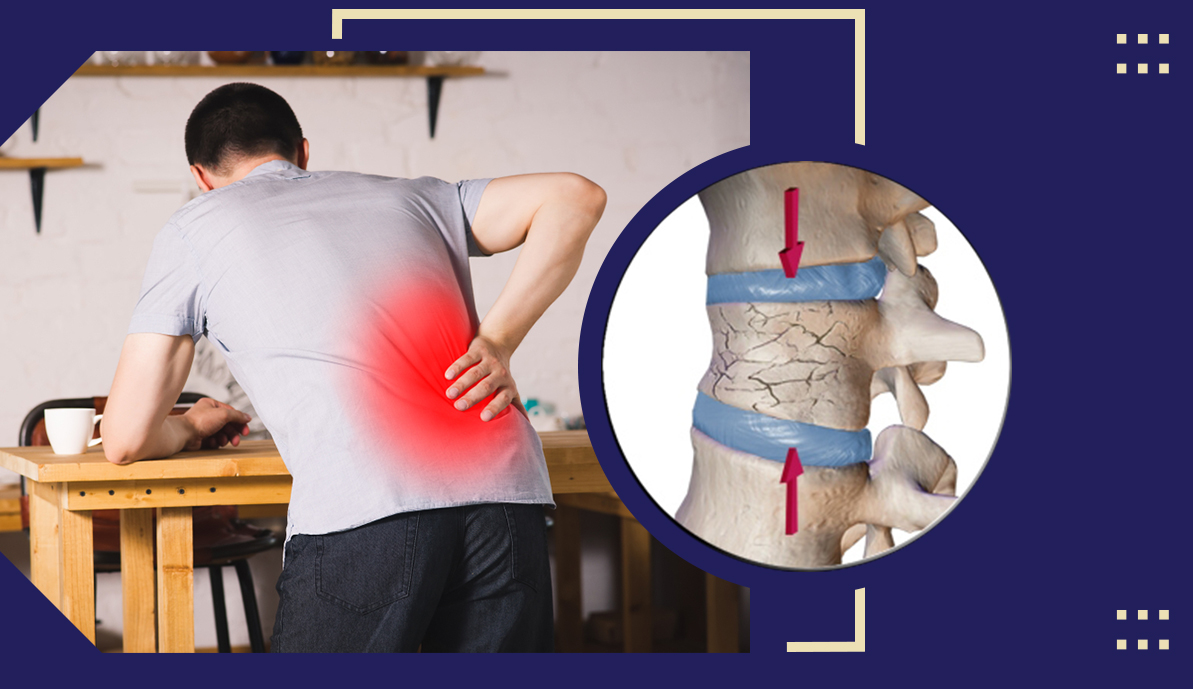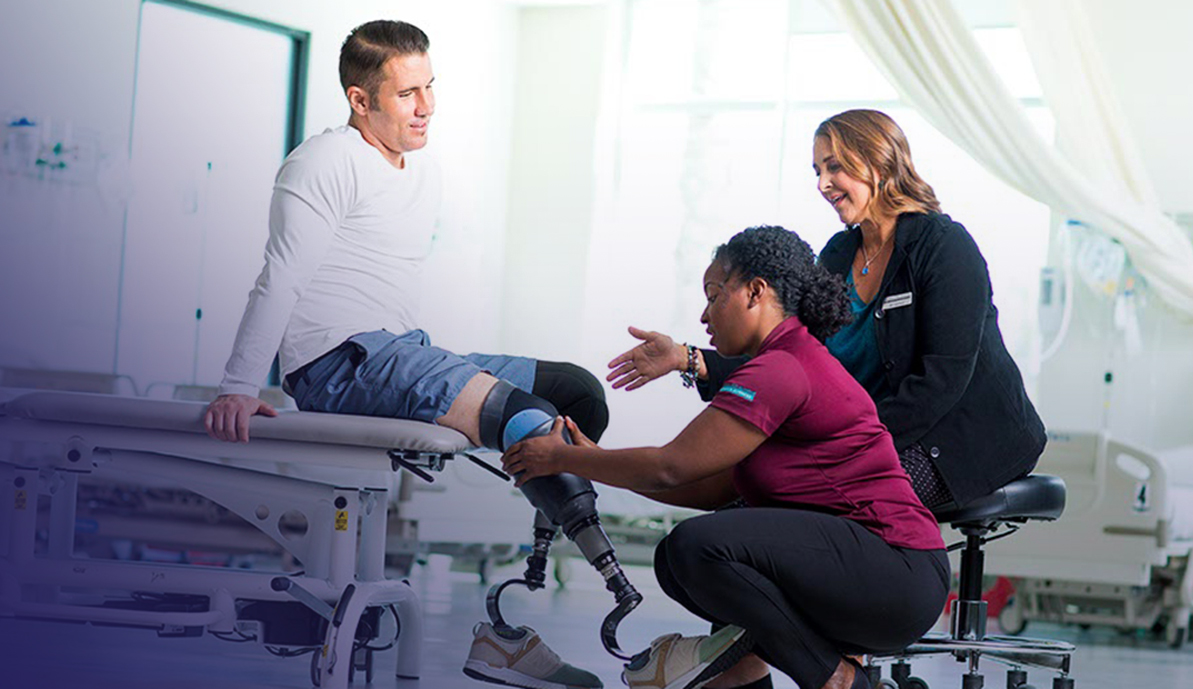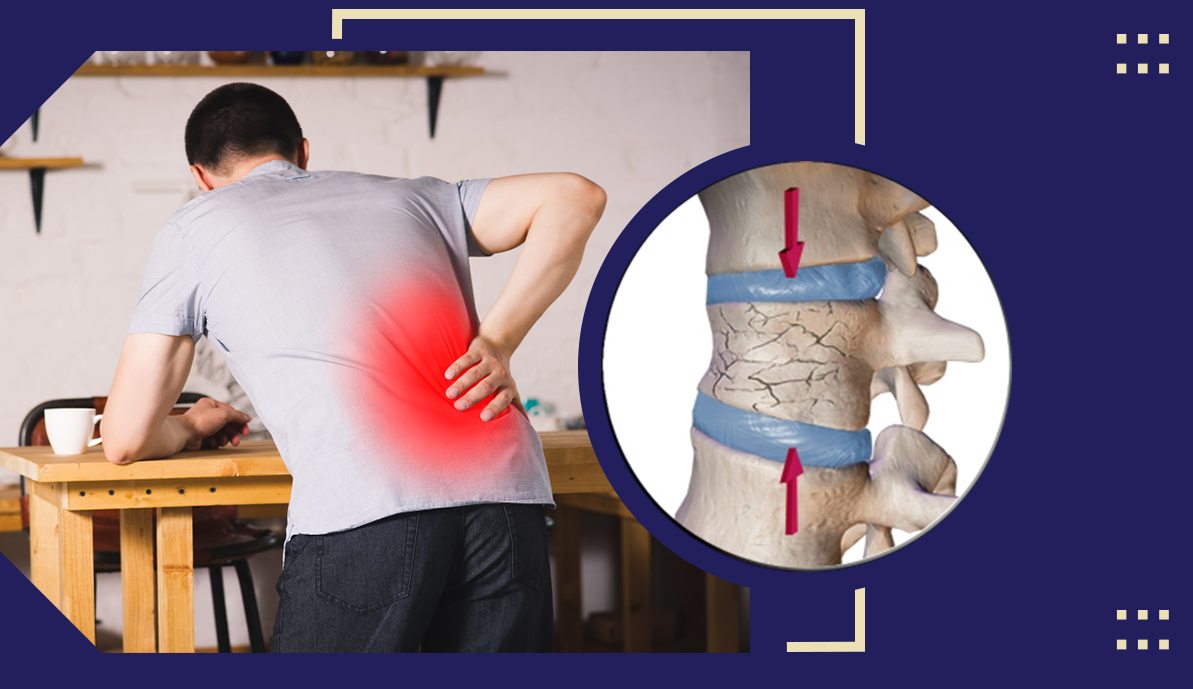
What Happens When the Spine Fractures
Most Common Causes of Spinal Fractures
The most common causes of suffering a vertebral fracture are high-energy impacts in a traffic accident or during sports. However, they are also often due to the low-energy effects in patients who suffer from a degenerative process of the vertebrae of the spine (osteoporosis).There are three main types of spinal fractures:- Compression fracture occurs when the pressure exerted on the spine is more significant than it can withstand.
- Dislocation fracture: occurs when the ligaments or intervertebral discs tear, causing the bones to become misaligned from the central axis.
- Dislocation fracture: occurs when the ligaments and bones separate.
Traffic Accident
High-energy trauma in car accidents or falls from great heights frequently causes spinal fractures.This type of accident causes so-called compression fractures of the spine, which involve the crushing of one or more vertebrae. A person with an injury of this type experiences sudden pain and great sensitivity in the fractured area, although there are cases in which it does not cause symptoms.It should be noted that this type of compression fracture can cause spinal cord injuries or fractures in more than one region of the spine.Sports Activity
Spine injuries can also occur during sports activity for multiple factors, such as direct or indirect trauma, excessive level or overload in training or an unfavorable physical condition of the athlete.Some sports disciplines pose a greater risk of vertebral fractures (weight lifting), and the lumbar area is generally the most affected.Osteoporosis
A large proportion of vertebral fractures occur in older people due to loss of bone density and degeneration of the vertebrae.Osteoporosis is a progressive and silent disease that makes the bones prone to fractures. These fractures are generally caused by low-intensity impacts from one's own height.Symptoms of Vertebral Fractures
At rest, a patient may be asymptomatic but experience dorsal or lumbar pain and even radicular pain when standing and walking, which indicates that the fracture may be unstable.There are also radiographic instability criteria to indicate an intervention (AO Classification, TLICS, etc.)The most common symptoms are:- Dorsal or lumbar pain.
- Symptoms due to nerve damage.
- Inability to perform regular activity.
How Are Vertebral Fractures Diagnosed?
The initial diagnosis of a spinal fracture consists of a physical examination and X-rays.If a conclusive diagnosis is not obtained and more information is needed about the fracture and the underlying structures, imaging tests such as magnetic resonance imaging or computed tomography may be used.Suppose the fracture is known or suspected to be osteoporotic. In that case, the study is complemented with bone densitometry and a blood test to assess the state of the bone and indicate a treatment to improve its quality.Performing preventive treatments in patients who have a history of risk (e.g. osteoporosis) can help prevent the appearance of vertebral fractures.A personal injury network has the support of diagnostic imaging centers that can diagnose your possible spinal injury, regardless of the cause.Consequences of Traumatic Injuries to the Spinal Cord
The spinal cord is a structure made up of nerves that connect the brain to the rest of the body.Spinal fractures often damage the intervertebral discs and ligaments, causing damage to the spinal nerves that make up the cord. In most patients with spinal cord injuries, the leading cause is a traffic accident, a fall from a great height or a sports injury.The consequences will be more or less severe depending on the level of the injury:Loss of Mobility
Patients with spinal cord damage may suffer partial or complete loss of muscle control. In the case of partial loss, the patient suffers muscle weakness; however, with complete loss, the patient suffers paralysis of all or part of the muscles.Paraplegia
Paraplegia is the total loss of mobility and sensitivity of the lower half of the body. It affects organs in the lower body part, such as the bladder or intestines, and may also affect the abdomen.This type of paralysis can be permanent in cases of spinal cord compression, although there are patients who manage to regain mobility through surgery.An injury to the chest usually causes it.Tetraplegia
Tetraplegia consists of the total or partial loss of mobility and sensitivity in the limbs and torso.Patients lose total control of the following anatomical functions: bladder, intestines, sexual function, digestion, breathing, mobility, and sensitivity.An injury to the cervical spine usually causes it.How Are Vertebral Fractures Treated?
If the spine remains stable and the pain is controllable, treatment is usually conservative, with oral medication, orthosis (girdle), and relative rest. In these cases, Orthopedic Personal Injury services in Florida are essential for a prompt recovery.If the pain is not controlled after a few weeks or months, percutaneous vertebral cementation by means of vertebroplasty or kyphoplasty may be indicated. This procedure aims to stabilize the broken bone and reduce the pain by acting on the nerve endings of the vertebral body.If vertebral cementation fails to stabilize the spine, osteosynthesis, using bars and screws, may be necessary. This procedure can be performed both openly or percutaneously, depending on the specific case.Orthopedic and traumatology professionals handle cases like these in the best and most delicate way. If you need a professional of this type for your injury, contact a personal injury network so they can refer you to the most appropriate specialist for you.Final Words
A spinal fracture is something serious that must be taken into consideration. If you suffered an accident that left you with back pain and some symptoms of vertebral fracture, a proper diagnosis and treatment are crucial.Injury Assistance Network puts the best professionals in the area of personal injuries at your disposal. This includes both health professionals and legal assistance—all this to make your life easier after going through the unpleasant experience of suffering an accident.Contact us today, and we will refer you to the specialist you need so you can recover from your injuries quickly and effectively.Share with your friends:



